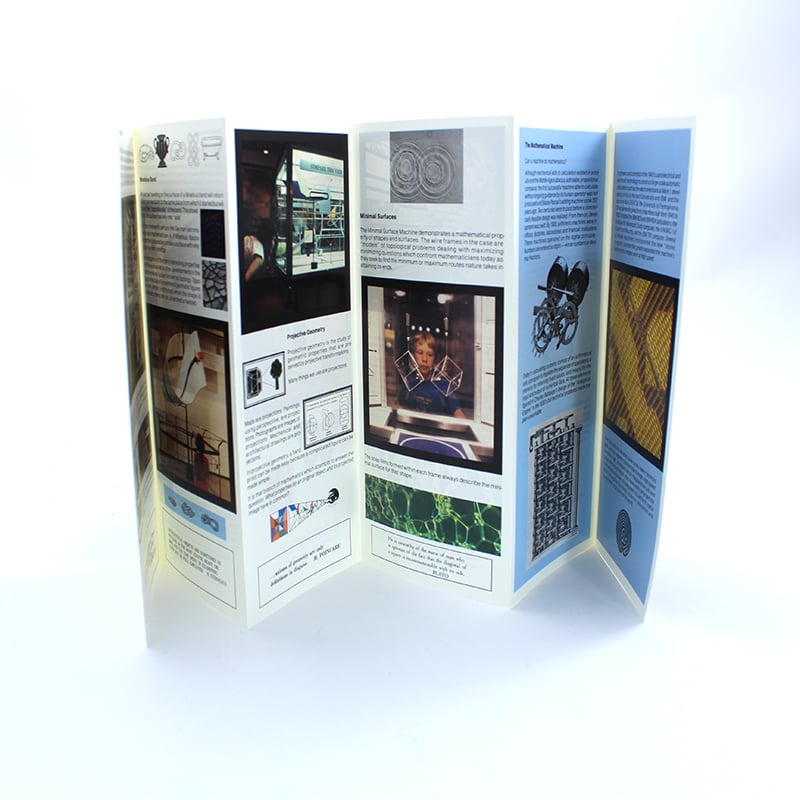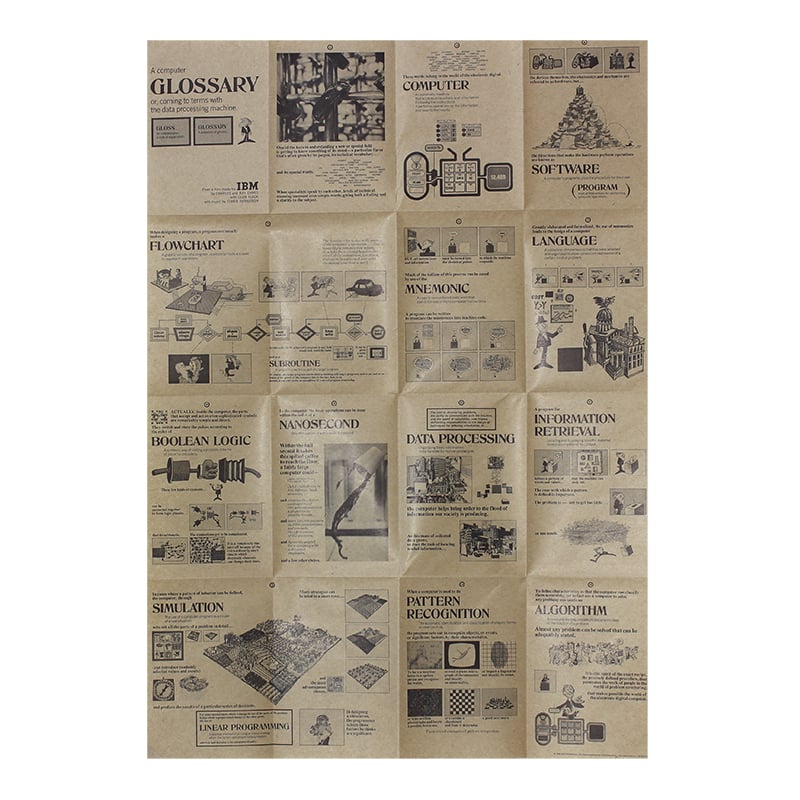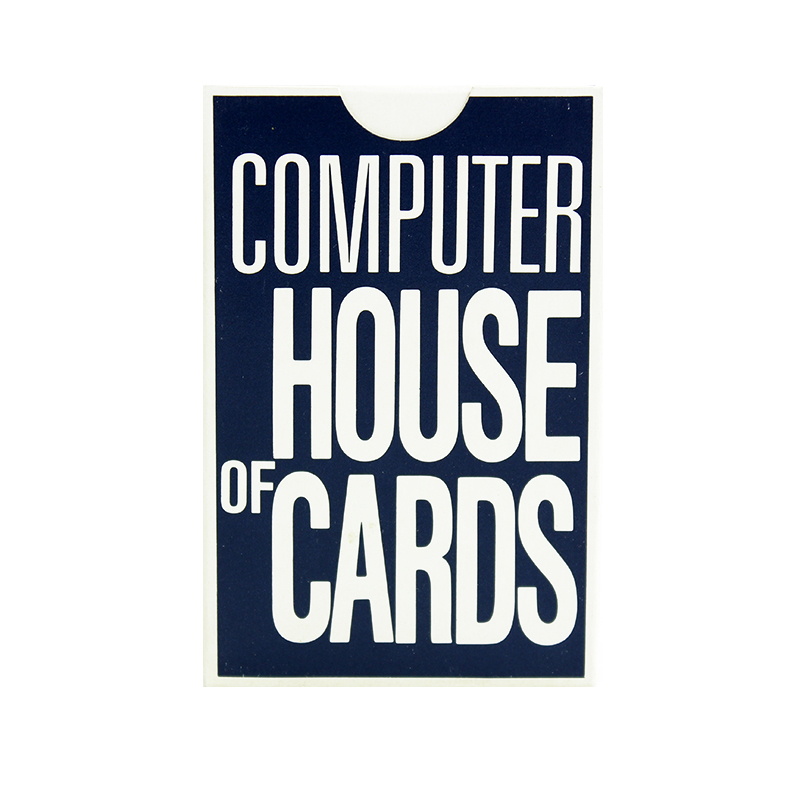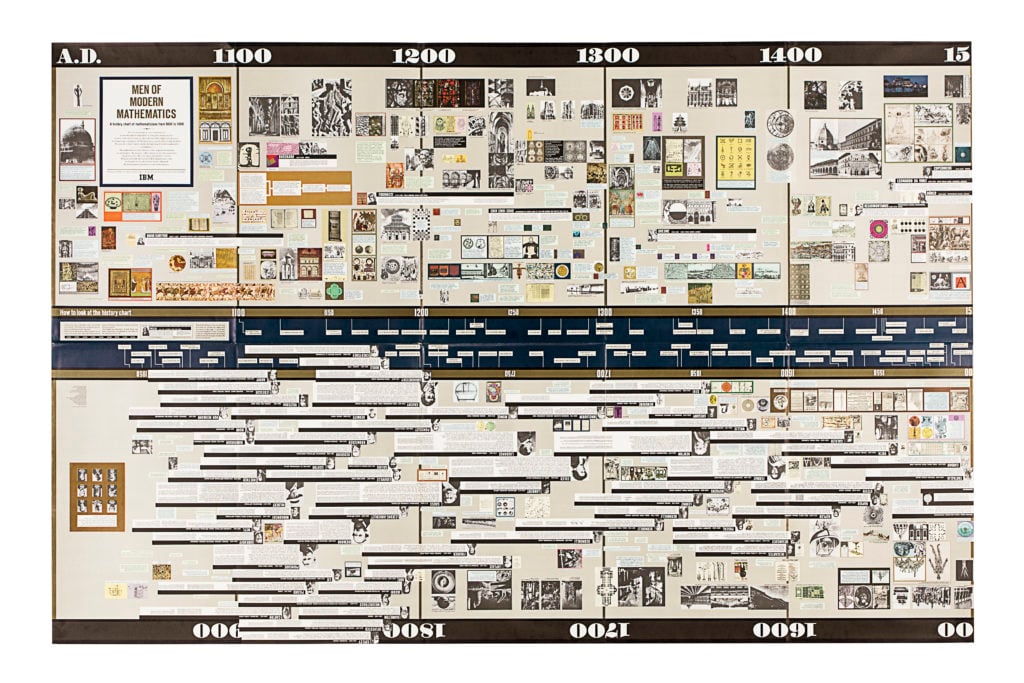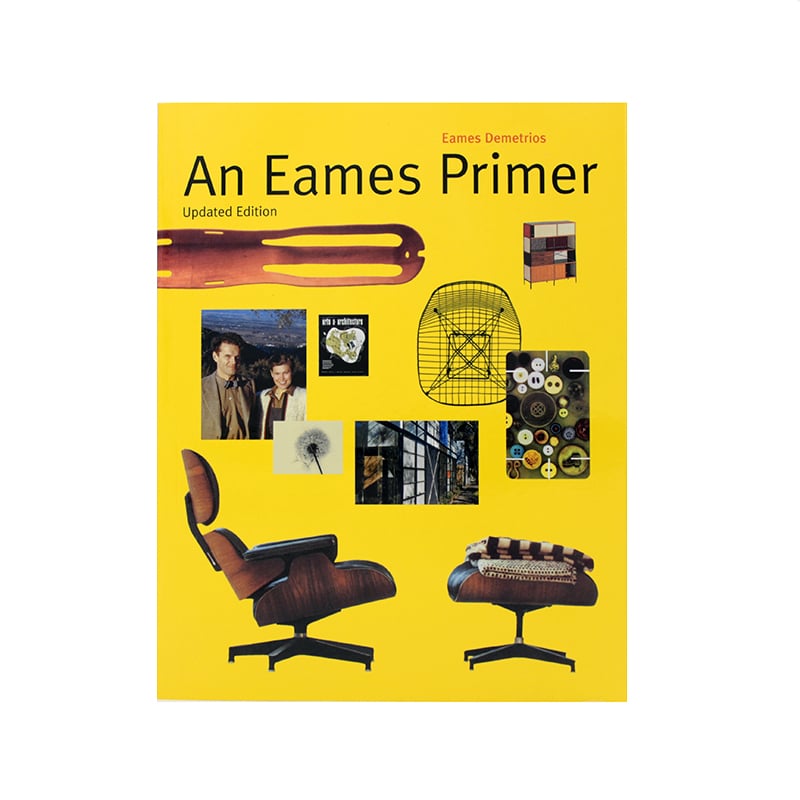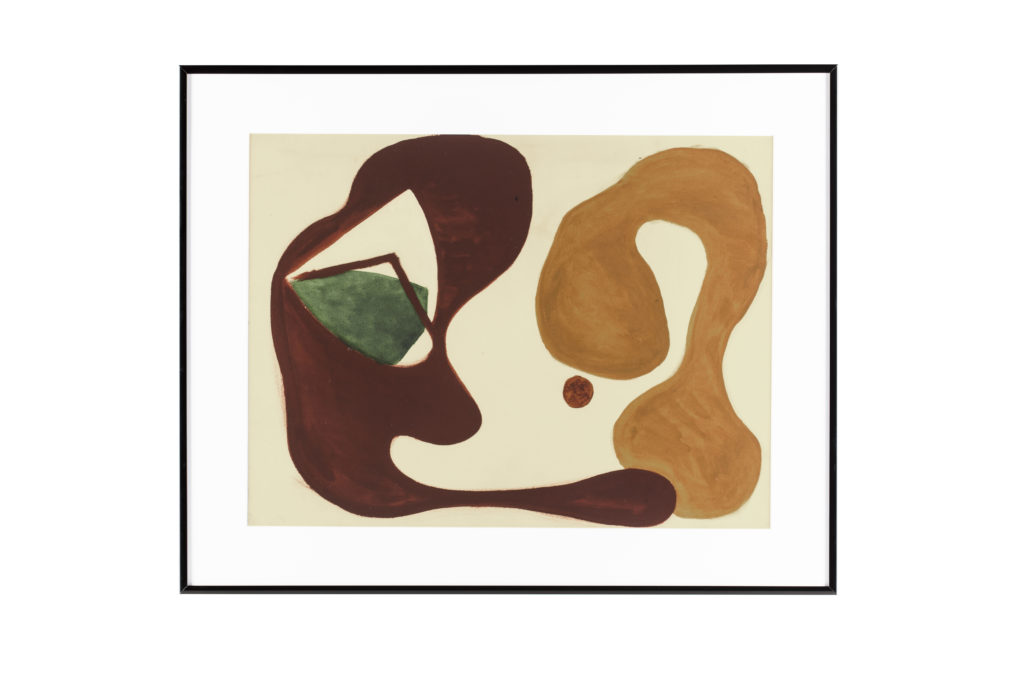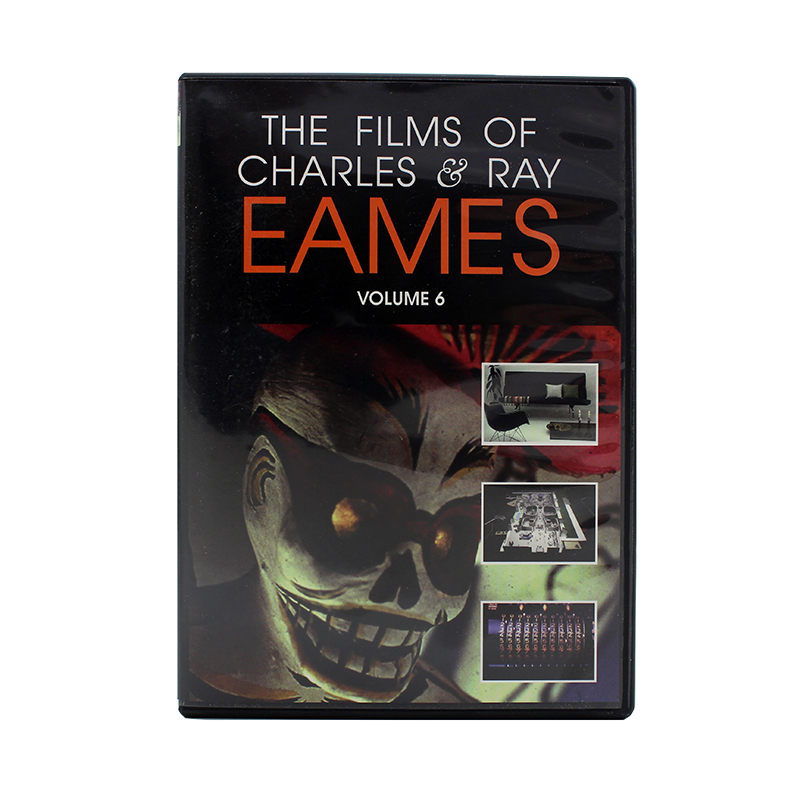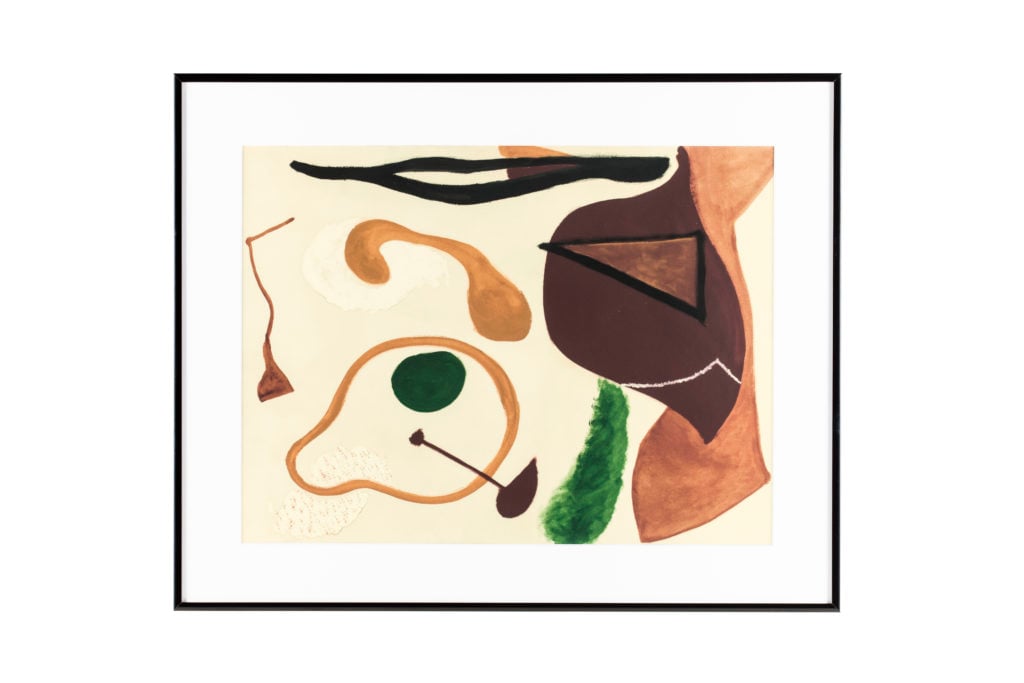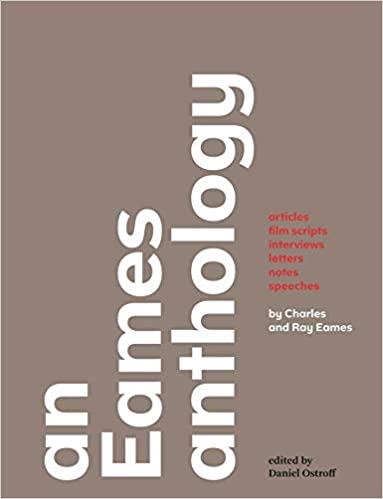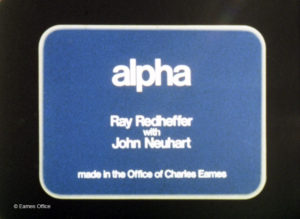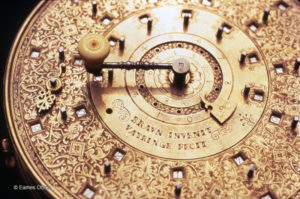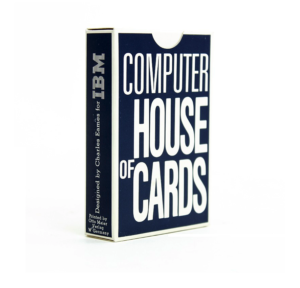Charles & Ray Eames
Exhibitions
Charles' interest in Exhibition Design goes back to 1939 when he designed the Faculty Exhibition at Cranbrook — and even before if you consider his Set Design work with the Civic Light Opera in St Louis in the 1930s. At the faculty exhibition, Charles included a film he made about the potter Maija Grotell. Ray's father ran a vaudeville theater in Sacramento and understood the value of presentation. Ray certainly hung several painting shows. As they came to develop their ideas, they believed that one of the keys to education was the importance of giving primary experiences. All of their exhibitions do exactly that, as evidenced in the Multiplication Cube, Celestial Mechanics, Probability Machine and other hands on machines and experiments in their exhibition, Mathematica: A World of Numbers...and Beyond
Charles and Ray's attention to detail and far-reaching interest in "how things work" led to exhibitions on science, art, history, design and more. Most well known are Textiles and Ornamental Arts of India; the IBM Pavilion at the 1964 World's Fair; Mathematica: A World of Numbers...and Beyond at the Museum of Science and Industry in Los Angeles; Glimpses of the U.S.A. for the American National Exhibition in Moscow's 1959 U.S.S.R.-U.S.A. exchange; What is Design? at the Musée des Arts Dècoratifs in Paris; and The World of Franklin and Jefferson with the Metropolitan Museum of Art.
Since then, The Eames Office has continued to host various exhibitions to honor, maintain, and expand upon the legacy of Charles and Ray's work and ideas.
